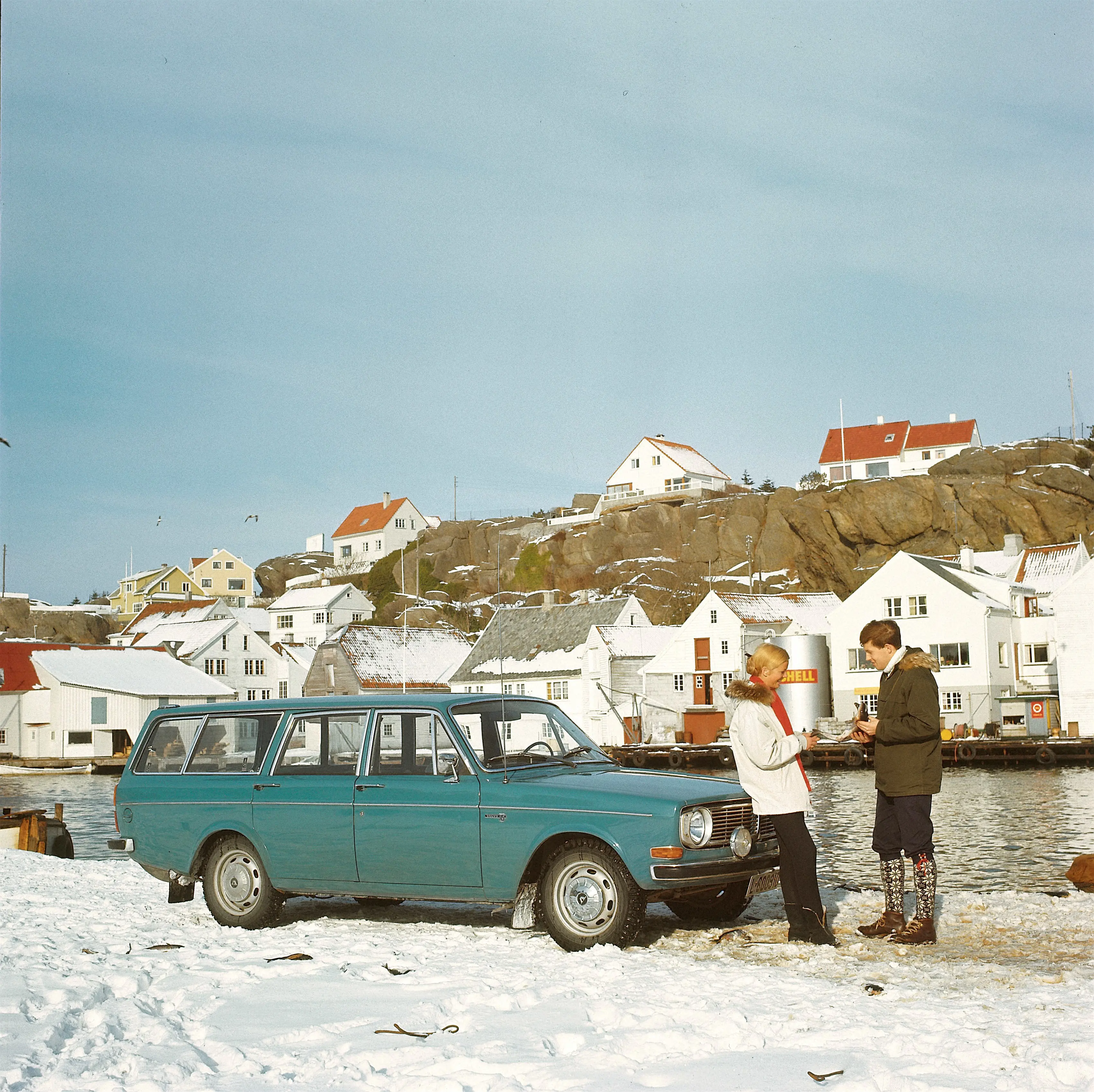THE VOLVO 145 - A CELEBRATION
26 September 2023
As most readers already know, earlier this year, Volvo announced the demise of their estates, ending a tradition that commenced in 1962 with the station wagon version of the Amazon. Five years later, its 145 successor founded a dynasty that lasted until as recently as 1993 and is still the image conjured by so many Britons on hearing the words “Volvo Estate”.
UK sales of the 145 commenced in 1968 when the twin carburettor S version cost £1,580 2s 9d. Autocar found the S had road holding that was “remarkably good whether the car is laden or not”. The 1.8-litre four-cylinder appeared quite diminutive in a car over 15 ½ feet long, but the top speed was a respectable 98 mph. Above all, the latest Volvo lived up to the sales promise of being a “down-to-earth and up-to-town estate car” – i.e., it was ideal gymkhana transport.

As for rivals, the Triumph 2000 Estate at £1,514 was well-furnished but less capacious, while the Farnham-bodied Ford Zephyr 6 Mk. IV, at £1,546, offered six cylinders but was far more Spartan than the 145. It is unlikely that a prospective Volvo buyer would have considered a Corsair 2000 Estate, even if the price was just £1,218, while the Vauxhall Victor 3300SL FD-Series Estate was good value at £1,184 but seemed to lack the 145’s solid appeal.
From overseas, the last of the Fiat 2300 Familiales offered a certain brio at £1,555 and was extremely well-appointed; it even boasted a hand throttle. But Turin’s elegant station wagon lacked the Volvo’s reputation from longevity, and its four-on-the-column denoted a car with its roots in the late 1950s. Peugeot’s 404 “de luxe Estate” seemed a closer match, was undeniably robust and cost a reasonable £1,481. However, as with the Fiat, the Peugeot looked slightly dated compared with the 145, although the soon-to-debut 504 would prove a closer rival. The Citroën DS Safari was even more tempting but was extremely complex, and the 19 version was a formidable £1,974.
In other words, the 145 created its own niche in the British car market; you can imagine a recently promoted Jerry Ledbetter buying the S in 1969 to satisfy Margot’s need for social climbing. In 1971 there was a new black radiator grille, and by the time the 240 succeeded the 140 three years later, the 145 was a virtual fixture in “Executive Housing Estates” throughout the land.
And this writer had long regarded the early 145 as one of the definitive estate cars of its generation. One reason is the combination of that solidly handsome bodywork combined with the silver metal grille. Then there is the cabin, with its strip speedometer, mysterious knurled wheels to operate the heater, and such vintage touches as the air vents in the scuttles. And even during a typical British winter, where an inch of snow causes the nation’s railway services to suffer a collective breakdown, you know you can always depend on your Volvo Estate.
